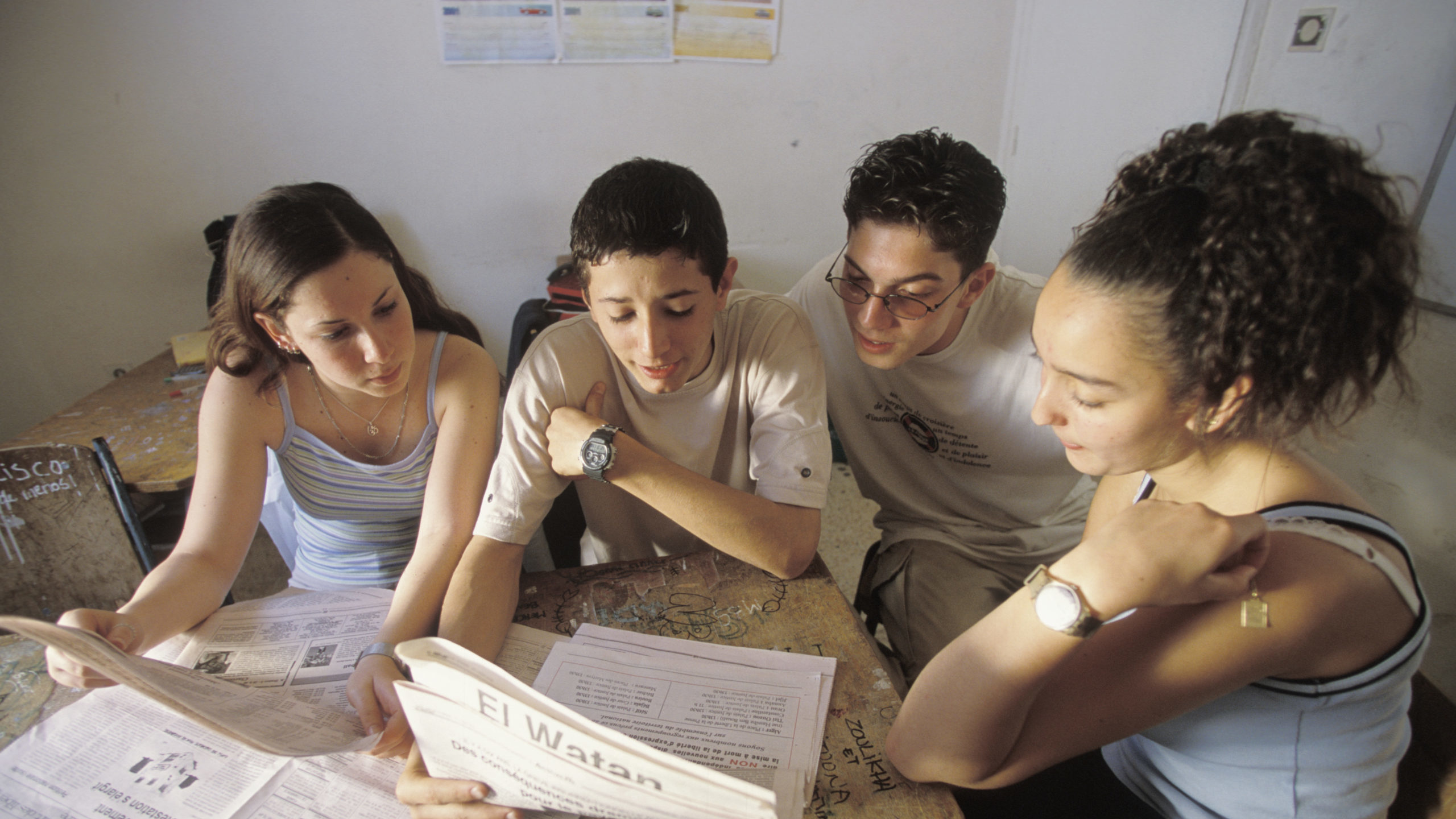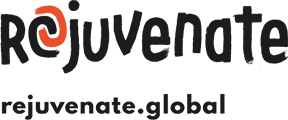resource
International child protection work has undergone a paradigm shift, moving from addressing issues such as trafficked children, street children and child labour separately to a more integrated systems approach. As a young nation still marked by conflict, South Sudan offers insight into how the interplay between a fragile national child protection system in a conflict‐affected country and the efforts of international humanitarian actors can promote or undermine systems strengthening. From June to August 2012, 52 semi‐structured key informant interviews with international‐, national‐ and community‐level actors were completed. Eight community‐level focus group discussions were also conducted separately with men, women, boys and girls. Interview guides were designed to explore participant perceptions of child protection system functioning.
Data were analysed using a grounded theory approach. Four dimensions emerged as crucial pillars for child protection systems strengthening: coordination, capacity, funding and community inclusion. These factors were found to have taken root in unequal measure. Respondents at all systemic levels indicated that child protection systems strengthening efforts operated largely in isolation from the quotidian realities of children, families and communities. The humanitarian apparatus — marked by short‐term funding and accountability to the international community — will require significant reform to situate humanitarian efforts in a systems strengthening framework. If the objective is to strengthen national child protection systems, emergency response activities must better align with household‐ and community‐level efforts to protect children.






